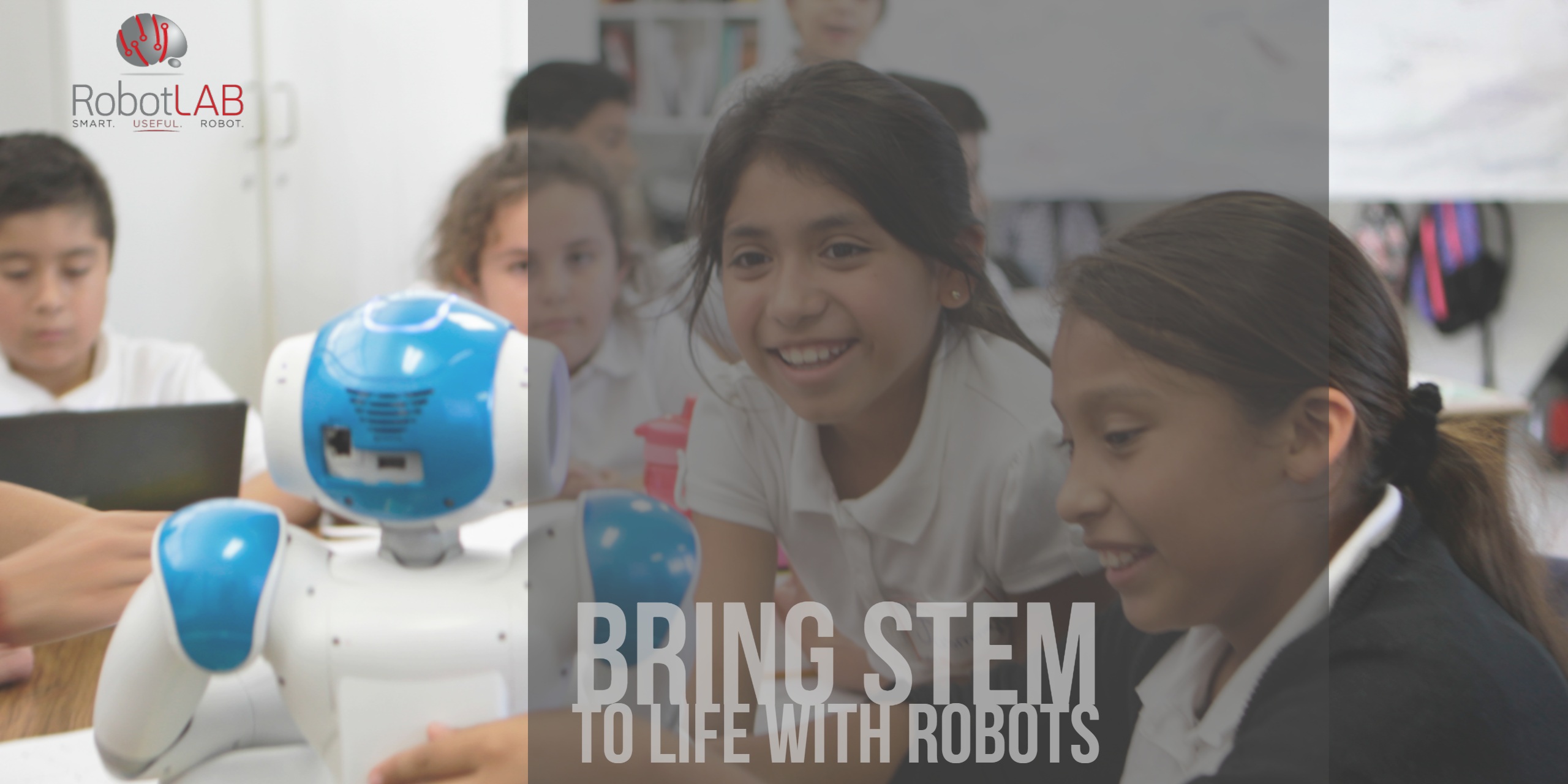By Danielle Rourke & Dr. Kendall Latham
 Photo by Blaire Harmon on Unsplash
Photo by Blaire Harmon on Unsplash
Encouraging more girls to pursue STEM learning and work in STEM fields should start in the early grades.
Women make up 47 percent of all employed adults in the U.S., but as of 2015, they hold only 25 percent of computing roles, according to data from the National Center for Women & Information Technology (NCWIT). Of the 25 percent of women working in tech, Asian women make up just 5 percent of that number, while Black and Hispanic women accounted for 3 percent and 1 percent, respectively.
From childhood through education to careers and leadership, female representation often gets lost, with many women choosing not to pursue technology fields due to lack of support, access, and even cultural or regional norms. Culturally prescribed notions of “male” and “female” careers subtly affect the way a teacher, mentor, or employer looks at women in technical fields. They can lead girls to second-guess their abilities or interest in technology.
Cultivating a diverse tech workforce starts with education. Companies, schools, and higher education institutions can work together to support the development of bright female minds. There are many ways to ensure that women have the support and opportunities to explore STEM fields in both their educations and careers.
In the workplace, tech companies set goals to elevate female leaders, develop programs internally, and support programs externally that support diversity in tech and work with partners who also share these similar values.
In education, tech companies can play a role by collaborating with education institutions on their STEM initiatives and programs to develop young female tech talent and support diversity and inclusion in building the ecosytem of females pursuing STEM fields. In addition to empowering young women, diverse thinking in areas of study can drive innovation–a trait that the tech industry also values and needs.
Creating new opportunities in STEM education
Providing access to technology, computing experiences, resources, and community–and creating continuity to this access–is key to inspiring girls in STEM. When K–12 and higher education institutions have the technology to support their students’ STEM education, students become familiar with the tech, so using it is second nature and they can begin to use it in more creative ways.
Additionally, providing authentic applications and engaging female students in learner-driven experiences helps broaden girls’ knowledge, skills, and dispositions within STEM-related fields. This one of the main goals of Girls Who Game, a program sponsored by Dell Technologies, Intel, and Microsoft, for female students (grades 4–8) to learn more about gaming while developing their global competencies, such as communication, collaboration, critical thinking, and creativity. The program provides opportunities for authentic application by allowing girls to take the skills they have learned, implement them to solve real-life problems and create projects in line with the United Nations Sustainable Development Goals (SDGs).
Last year’s culminating challenge was to design and create an eatery of the future in Minecraft with the goal of providing communities with access to good food and clean water. The girls researched information on food and water access, developed eateries in Minecraft, and then recorded a video presentation to submit their final projects to a panel of judges.
In addition to providing access to and continuity with technology, building a community of learners helps strengthen interests and attachment to STEM by building relationships within learning, amplifying and supporting individual and group successes, and providing a community of constructive feedback and brainstorming.
One example of this in action is the Reboot Representation Tech Coalition. The program has outlined several critical building blocks for success in empowering women and girls in STEM. Some of these building blocks include offering on-ramps for beginners to help them build confidence, cultivating a community of supportive peers, and ensuring family members and teachers are encouraging progress for these young female innovators of tomorrow.
Mentors, sponsors, and role models
When children and young adults can see others supporting and encouraging them in roles throughout society, it can inspire them to pursue advanced education and careers in those roles. Research has found that girls who know a woman in a STEM profession are 61 percent more likely to feel empowered when they engage in STEM activities. The perception around STEM fields and who can do certain jobs or be good at certain skills changes when girls have an opportunity to connect with a female mentor in that field. By highlighting and actively supporting women in technology, future female tech visionaries can see a path for themselves in the industry.
Starting even at the elementary school level, districts should seek ways to invest in mentorship and create programs that connect girls with female tech experts to gain skills and experience through someone who feels familiar to them. Mentorship builds girls’ self-respect and self-esteem.
Mentorship also fosters the pursuit of STEM-related academic and career aspirations for young women and can continue into women’s careers, providing lifelong relationships and inspiring them to mentor future generations as well. Seventy-five percent of girls who participate in STEM clubs and activities understand the types of jobs they could do with STEM versus 53 percent who do not participate in those activities.
In addition to providing authentic application and broadening girls’ knowledge, skills, and dispositions within STEM-related fields, Girls Who Game also aims to develop mentorship by fostering the pursuit of academic and career aspirations of young women and building a community of learners by using gaming to build relationships, amplify success and promote reflection for continued growth and ongoing feedback.
Education is fundamental in developing a diverse tech workforce that not only includes women but allows them to feel recognized, lead, and play a significant role in the future of tech. The lack of gender diversity can start in the classroom, or alternatively, the classroom can be a vital tool in encouraging girls to pursue careers in STEM fields.
By creating opportunities for the youngest future tech leaders, giving them mentors to help them envision careers as technologists, scientists, and innovators, and eliminating the bias that holds them back, we can create a stronger tech workforce for tomorrow.
Discover more about STEM with RobotLAB!



